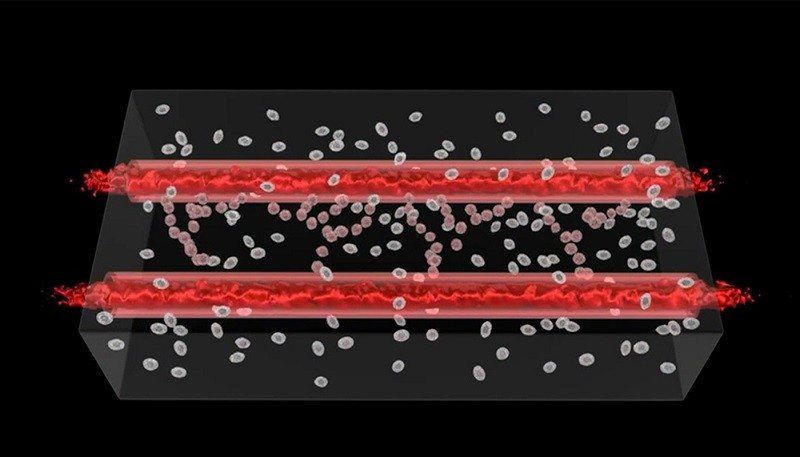Scientists Manage to 3D Print “Live” Blood Vessels

The 3D printer is considered by some futurologists, such as Jeremy Rifkin, the beginning of the third industrial revolution. 3D printing has come a long way over the last few years, and it can now be used to replicate almost any kind of object, including blood vessels. Replicating blood vessels in this way doesn’t sound very natural or risk-free, but a team of scientists has recently reported great progress in this particular field. Blood vessels have been 3D printed by Lawrence Livermore researchers, and the most impressive part is that they are not all that different from the real ones found within our bodies.
Since these vessels can deliver nutrients and assemble on their own when they are inside a living body, they can be considered “live” vessels, but there is still a lot of work to be done in order to successfully replicate mother nature’s original design. In order to create a totally functioning blood vessel, some essential steps must be taken into consideration. First, scientists need to print an initial structure from cells and organic materials, and then they need to supplement the result with bio-ink and other special materials that would be tolerated by the body. As you can probably imagine, this is a long and difficult process that requires a lot of research in order to be completed successfully. Moreover, even though the cells themselves can be created, they still need to be organized properly into structures. If the organizing step also goes well, we’ll witness some very impressive advancements in the fields of medicine and biology.








